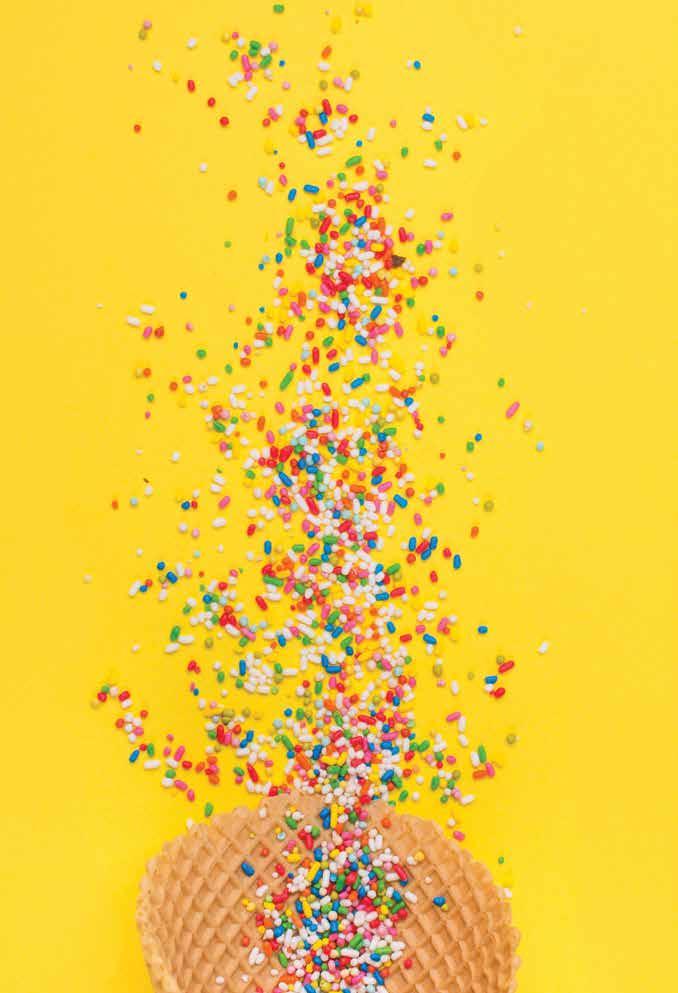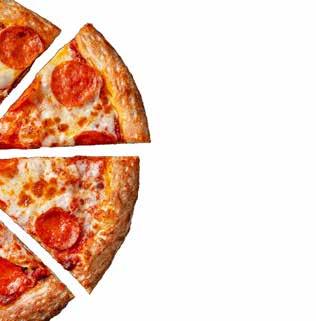
1 minute read
The Home News Free 2023 the dish



Should You Use a Wood or Plastic Cutting Board?
What you need to know about the food safety properties of both
Consumerreports.org
Wood versus plastic cutting boards: Which one to use is a quandary for many people. Food safety experts used to warn against using wood cutting boards, saying they were more likely to harbor bacteria that can cause foodborne illness, like E. coli or salmonella, than plastic cutting boards. But while both types have their pros and cons, research shows that either wood cutting boards or plastic cutting boards can be safe if you follow some simple steps.
Use at least two
“Have one cutting board for raw meat, fish and poultry,” says Sana Mujahid, PhD, manager of food safety research and testing at Consumer Reports. “Have a separate cutting board for readyto-eat items such as bread, fruits and vegetables.” This helps prevent cross-contamination—for example, you don’t run the risk of transferring salmonella or another type of bacteria from chicken to your veggies if you cut them on different surfaces.
Clean thoroughly
Even if you’re just slicing a loaf of bread, it’s good to get in the habit of washing cutting boards—wood or plastic—with hot, soapy water after every use. Most plastic boards can also go in the dishwasher.
Know when to buy a new board
Over time, any cutting board (plastic or wood) can develop deep scratches or grooves that may trap bacteria, which could then spread to your
Cutting Board

Continued from Page 3 food. Harder materials, such as bamboo and maple, are less prone to scarring than softer woods, such as cypress. Replace any cutting board when it becomes heavily scarred. Things to consider when buying a cutting board
Plastic boards: When it comes to cutting board materials, plastic ones are a workhorse for chopping and slicing produce, mincing garlic and herbs and cutting meat, plus they have the added benefit of being dishwasher-safe. On the downside, they tend to be harder on your knives (the grooves they create can harbor bacteria), and they aren’t known for being particularly beautiful.
Wood boards: Wooden boards are typically more aesthetically impressive, extra durable and less hard on your knives over time, though they do require a little extra TLC by way of a mineral oil rub. Wooden boards often double as serving boards too.
Extra features: Other cutting board features to consider include a groove around the board for catching juices, tapered sides or handles for ease of carrying and weight and size for both ease of manipulation and storage.



